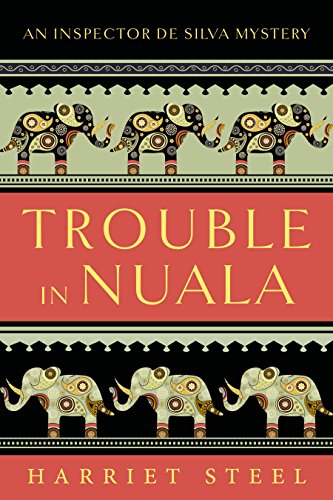
OK, so I won’t pretend that the long-running TV series Bones is the best that television has to offer. Far from it. But I confess that I watched the silly thing. All of it. (My excuse is that my wife is a scientist and found it interesting. Lame, I know.) Now, belatedly, I’ve picked up one of the novels by Kathy Reichs on which the series is supposedly based. I know that the show has its origins in the novels, because author Kathy Reichs is the executive producer, and the protagonist in both media is named Temperance Brennan. Unfortunately, that’s about where the resemblance ends.
On TV, Dr. Brennan is rich, an author, and married to an FBI agent
On-screen, Dr. Temperance Brennan is a world-renowned forensic anthropologist who solves brutal crimes. Practically everyone who comes into contact with her is in awe of her. She has grown extremely wealthy as the author of a bestselling series of novels about (get this) a forensic anthropologist who solves brutal crimes. Temperance, or Tempe as her friends call her, runs a state-of-the-art forensic laboratory at the Smithsonian Institution in Washington, DC. She works with the FBI. Her principal collaborator, and later her husband, is a senior FBI agent who was previously a Special Forces soldier. Tempe’s father is a criminal who has spent years on the run. Her younger brother comes across as ineffectual.
206 Bones (Temperance Brennan #12) by Kathy Reichs (2009) 324 pages ★★★☆☆
In the novel, Dr. Brennan is not rich, not an author, and has no FBI connection
The Dr. Temperance Brennan of the novels is an entirely different person. At least that’s the case in 206 Bones, the 12th novel in the series. In the book, Tempe lives in Charlotte, North Carolina but regularly works on contract for the coroner’s office in Montreal, Quebec. (The author divides her time between these two cities.) Tempe is unmarried, possibly divorced, and has recently separated from a police officer in Quebec with whom she had been having an affair. She has a younger sister named Harry and a young adult daughter named Katy. She is not an author, she is not rich, and people don’t fawn over her.
Forensic jargon gets in the way
Admittedly, if you haven’t watched the show on TV, you might have no problem with any of this. The stories are simply different. However, I had a bigger problem with the novel. Reichs goes into so much minute technical detail about Tempe’s work, filling paragraph after paragraph with obscure anatomical references and forensic jargon, that I found the book tedious at times. Reichs herself is a forensic anthropologist. She knows whereof she writes. I just wish she wouldn’t have shared so much of it on the printed page.
206 Bones encompasses two mysteries. In one, Tempe is entombed underground and doesn’t emerge until nearly the end of the book. In the other, she and her collaborators in the police investigate a series of murders. Sad to say, I guessed who buried Tempe less than a third of the way through the novel. It’s obvious.
For related reading
You might also enjoy my posts:
- Top 10 mystery and thriller series
- 20 excellent standalone mysteries and thrillers
- 30 outstanding detective series from around the world
- Top 20 suspenseful detective novels
- Top 10 historical mysteries and thrillers
And you can always find my most popular reviews, and the most recent ones, on the Home Page.


























